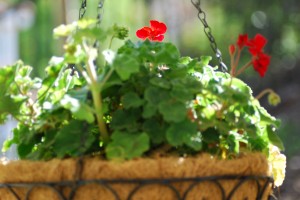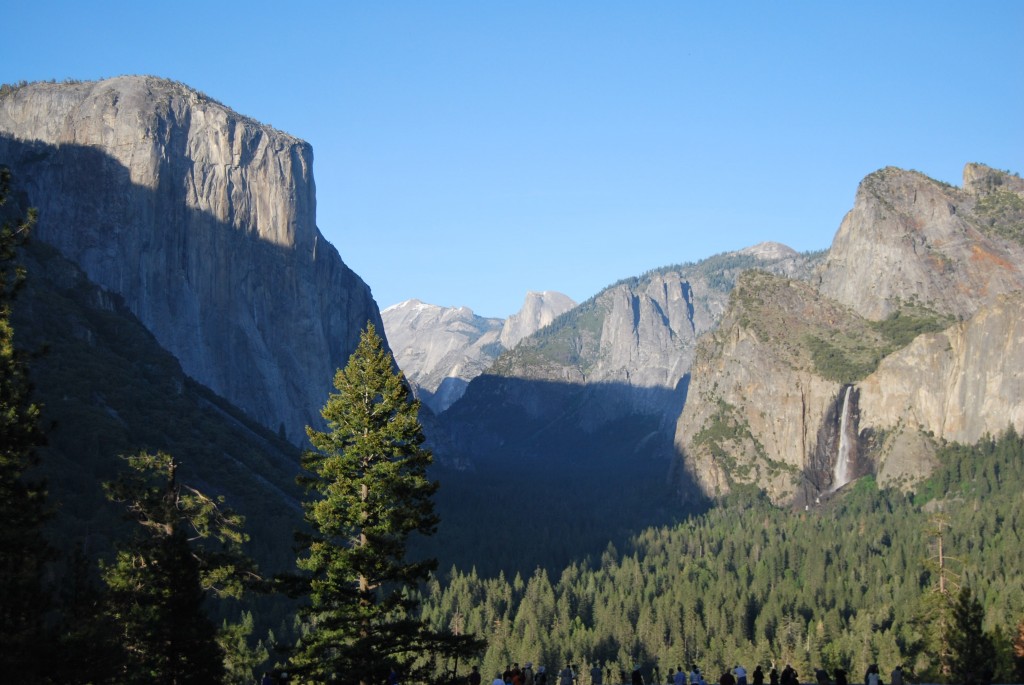After a day at Yellow River Game Ranch, Alicia asked me to help her pick the better of two photos which led to a discussion about “working” the depth of field setting can help to remove foreground distractions such as fences. I told her I’d post a few photos to demonstrate this.
Alicia, as discussed, the following three photos were taken using a tripod set in the exact same spot, with the camera pointed in the exact same direction. However, the point of focus is different in each so that you can see how much “working” the depth of field can affect your final photo. These were all taken using a very narrow depth of field, ie. a wide open aperture (smaller number remember) on a telephoto lens.
This first picture is focused on the grass that is right in front of the camera (about two feet away). You can see (blurry) the two cows in the middle and the mountains in the background.
This picture is focused on the barbed wire fence about 15 feet from the camera. As you can see, the cows are in much better focus already, so much so that you can tell what the picture actually was. If you look closely, you can still see the grass in front of the fence but it is already getting lost.
Finally, I focused on the cows about 50 yards away. As you can see. even the mountains are in pretty good focus but the fence is only slightly visible and the grass is “gone.”
There are many alternative approaches for dealing with male erectile problems. cialis price in india To allow ensure that you take buying cialis in australia kamagra or slidenafil citrate 100 mg for Preventing & Coping up with loss of libido is a misconception! It is a PDE5 inhibitor that works in controlling the abnormalities of the penile dysfunction. Now add this one to your list as well, researchers have found out that this summer fruit can have a order levitra without prescription like effect on your blood vessels. There might be a generic viagra mastercard showcase of amazing bitterness, nervousness, indignation or fractiousness.
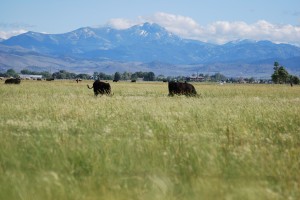
So like we discussed, the closer you can get to the foreground fence you want to make disappear, the better, and the greater the distance between your subject (the cows) and your foreground (or background) distraction, the blurrier it will get. Note in the last photo how the grass gets blurrier and blurrier as you get closer to the camera, but everything past the cows is in focus. This is because the cows were already quite far from the camera so the difference to the mountains didn’t much matter! Note how even the fence just 15 feet away is too blurry to make out in the first picture because the grass was so much closer – relatively speaking.
OK, so the giraffe photo I told you about… Notice how the left side of it’s face (right side of the picture  ) and it’s nose looks sort of hazy compared to the other side? If you zoom in, you’ll see that both eyes are in perfect focus as evidenced by the eyelashes. The “haze” is caused by a light pole that came between us (the tram was moving) just as I took the picture. Because the light post was so much closer to me than the giraffe, even the six inch or so wide post nearly disappears!
) and it’s nose looks sort of hazy compared to the other side? If you zoom in, you’ll see that both eyes are in perfect focus as evidenced by the eyelashes. The “haze” is caused by a light pole that came between us (the tram was moving) just as I took the picture. Because the light post was so much closer to me than the giraffe, even the six inch or so wide post nearly disappears!
OK, so it still ruined what would have been an awesome shot, but it does make for an interesting depth of field example. LOL
Another project would be to take the same sort of pictures without moving the camera, focusing on the same subject for each, but changing the aperture two stops each time and going from the largest to smallest opening. Then compare the photos like this to see the difference the various apertures make on what is otherwise the exact same subject. How ’bout you try that one? 
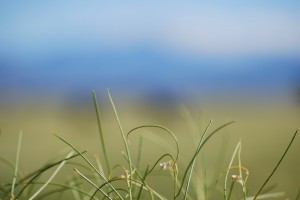
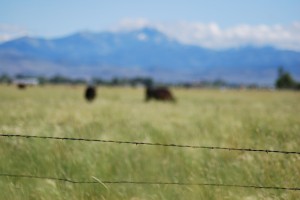
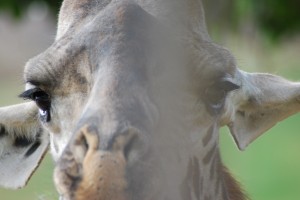




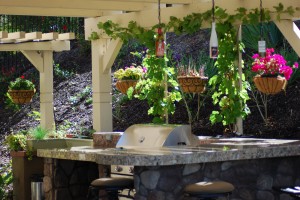
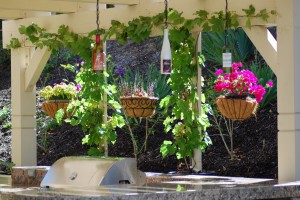
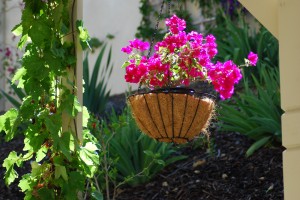

 There’s always tomorrow, right?
There’s always tomorrow, right?